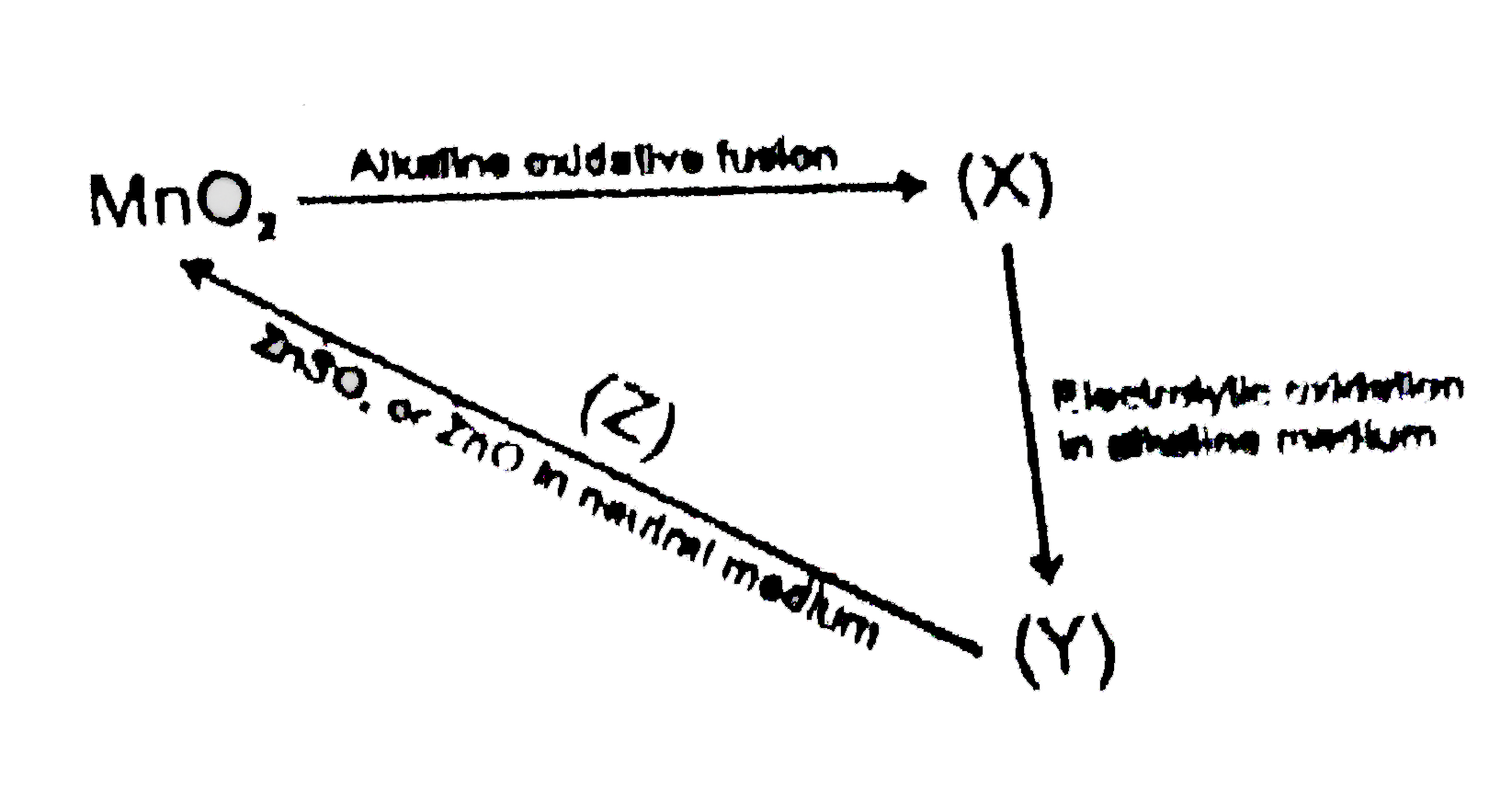what is a Z alkene ?
The correct Answer is:C
To understand what a Z-alkene is, we can break down the explanation into a few clear steps:
Step 1: Definition of Z-Alkene
A Z-alkene is a type of alkene where the two higher priority substituents (groups) attached to the carbon atoms of the double bond are located on the same side of the double bond.
Step 2: Identifying Priority
To determine which groups are of higher priority, we use the Cahn-Ingold-Prelog priority rules. According to these rules, the priority is assigned based on the atomic number of the atoms directly attached to the double-bonded carbons. The group with the higher atomic number gets the higher priority.
Step 3: Visual Representation
Consider a double bond between two carbon atoms (C=C). If we label the groups attached to these carbon atoms as A, B, C, and D:
- Let’s say carbon 1 has groups A and B attached, and carbon 2 has groups C and D attached.
- If A and B are the higher priority groups and are on the same side of the double bond, then the compound is classified as a Z-alkene.
Step 4: Example
For example, if we have a compound where:
- Group A (higher priority) is on the left side of the double bond,
- Group B (higher priority) is also on the left side of the double bond,
- Groups C and D (lower priority) are on the opposite side,
Then this compound is a Z-alkene.
Conclusion
In summary, a Z-alkene is characterized by having the two higher priority groups on the same side of the double bond.
---
A Z-alkene is a type of alkene where the two higher priority substituents (groups) attached to the carbon atoms of the double bond are located on the same side of the double bond.
To determine which groups are of higher priority, we use the Cahn-Ingold-Prelog priority rules. According to these rules, the priority is assigned based on the atomic number of the atoms directly attached to the double-bonded carbons. The group with the higher atomic number gets the higher priority.
Consider a double bond between two carbon atoms (C=C). If we label the groups attached to these carbon atoms as A, B, C, and D:
- Let’s say carbon 1 has groups A and B attached, and carbon 2 has groups C and D attached.
- If A and B are the higher priority groups and are on the same side of the double bond, then the compound is classified as a Z-alkene.
For example, if we have a compound where:
- Group A (higher priority) is on the left side of the double bond,
- Group B (higher priority) is also on the left side of the double bond,
- Groups C and D (lower priority) are on the opposite side,
Then this compound is a Z-alkene.
In summary, a Z-alkene is characterized by having the two higher priority groups on the same side of the double bond.
Topper's Solved these Questions
Similar Questions
Knowledge Check
What is the order of reactivity of hydrogen atoms attached to carbon atom in an alkene?
A3∘>1∘>2∘B2∘>1∘>3∘C3∘>2∘>1∘D1∘>2∘>3∘If 12(z−4)(z+4)=m, then,in term of z, what is the value of z2−16?
A√mBm2CmD2mIn the reaction of hydrogen bromide with an alkene (in the absence of peroxides), the first step of the reaction is the ............. to the alkene.
Afast addition of an electrophilicBslow addition of an electrophileCfast addition of a nucleophilicDslow addition of a nucleophile
When neopentyl alcohol is heated with an acid , it slowly converted into an 85 : 15 mixture of alkenes A and B , respectively. What are these alkenes ?
View SolutionPropanal and pentan-3-one are the ozonolysis products of an alkene? What is the structural formula of the alkene?
View SolutionAn alkyl bromide produces a single alkene when it reacts with sodium ethoxide and ethanol. This alkene undergoes hydrogenation and produces 2-methylbutane. What is the alkybromide ?
View SolutionWhat type of addition reactions do alkenes usually undergo ?
View SolutionIn the reaction with HCl, an alkene reacts in accordance with the Markovnikov's rule to give a product 1-chloro,1-methylcyclohexane. The possible alkene is
View Solution

